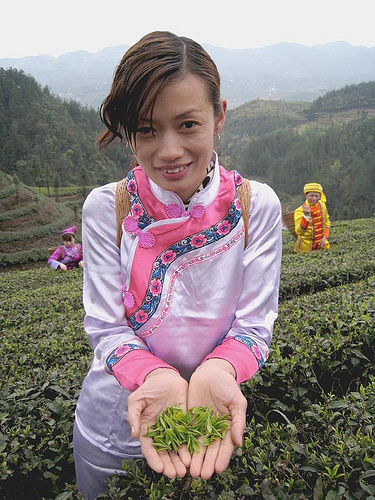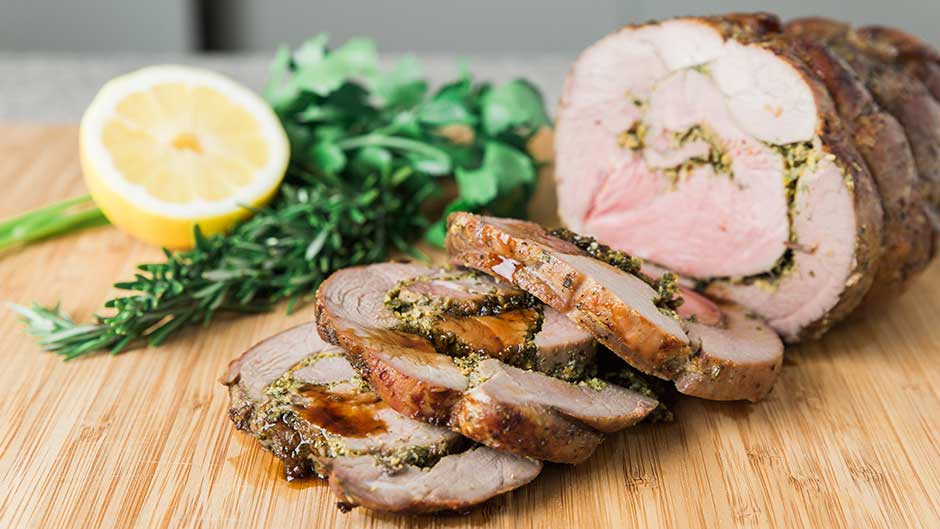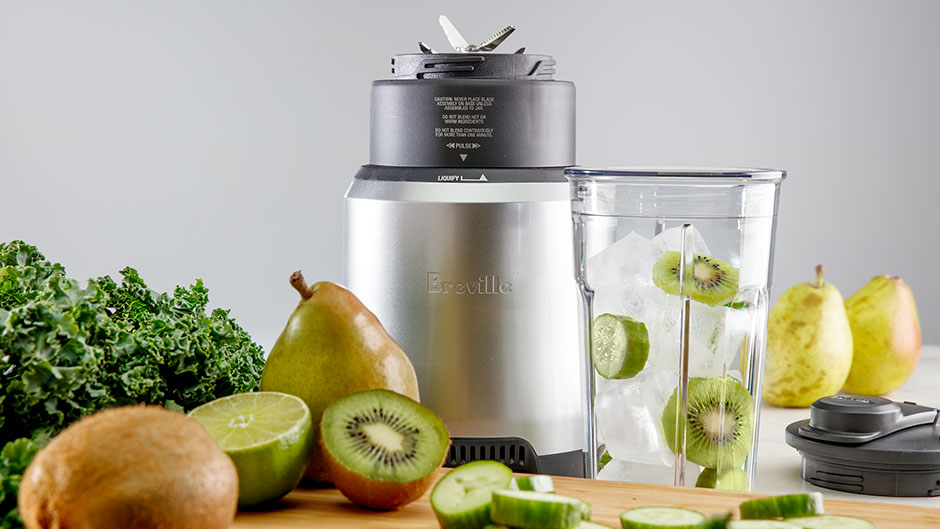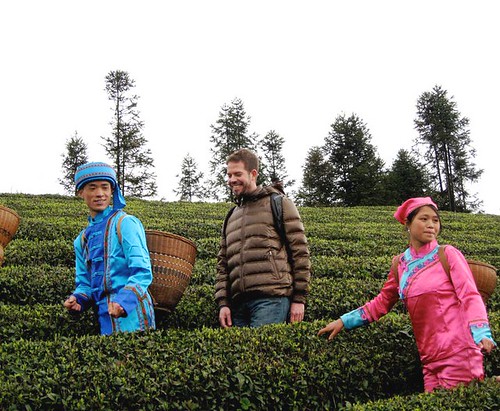
Joshua and friends at 1000 meters above sea level in one of Ma’An Village’s tea farms in Xuan En during the harvest of our Lu Zhen Green Needles.
The spring harvest
A misty and cool March with intermittent sunny spells created a very nice April flushing climate in western Hubei, the area that produces our Jade Cloud green tea and also one of my favorite green teas, known by its local name as Lu Zhen, or Green Needles.
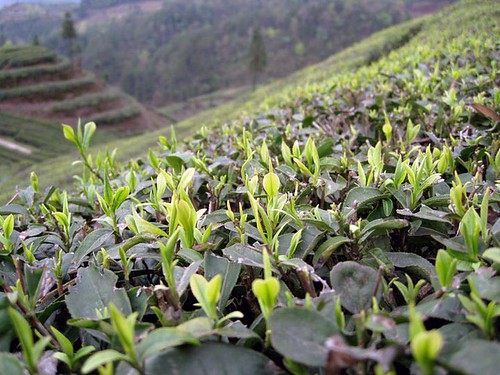
One leaf and a bud are picked from late March through early April to make top quality Green Needles.
Picking the leaves
The processing of Green Needles relies on careful craftsmanship. The fresh leaves are harvested either one leaf or two leaves and a bud at a time by hand, then withered 3 to 4 hours before processing. Green Needles, whether steamed or roasted, is a type of tea that’s rarely exported outside of China.

Ms. Qu Ping shows off the picking standard of first flush Green Needles in Xuan En’s Ma’An village.
The drying process
To make steamed Green Needles, tea leaves are loaded into a steamer in small batches and then run through a series of hot and cool air drying conveyors prior to withering. The tea then rests on bamboo mats before being rolled and partially dried. Next, the tea is shaken and heated to straighten its needle-like shape, then rubbed, rolled, and shaped on heated tables to fix the shape and aroma of the tea while it slowly dries. Finally, small batches are finished on the tables, while larger batches move from the tables to a conveyor drier.
The leaves for roasted Green Needles are picked according to the same standards as steamed Green Needles, but withered for a longer period of time. The tea leaves are added to a tumble roaster, cooled, and rested before rolling, shaking, and straightening. The tea is then rubbed, rolled, and manipulated on the heated tables until the proper aroma, shape, and degree of dryness is achieved. Larger batches are finally dried in a conveyor oven while smaller batches can be finished on the table.
Fair trade in action
Green Needles are from the Xuan En Fair Trade Organic Cooperative in southwest Hubei, which we founded as a Fair Trade initiative with our Chinese partners in 2005. Green Needles is one of the best and most reasonably priced teas I’ve tasted from all of China’s 2010 spring harvest.
Joshua interviews Mr. Qu, who represents hundreds of families from all the villages that produce Rishi Tea’s Organic Fair Trade teas from Xuan En in Hubei, China.
Xuan En’s tea history
Xuan En is a county in Hubei, China with an ancient tea-producing history of more than 1300 years. Green Needles is the most famous type of tea from Xuan En and has been the most favored during the last 200 to 300 years. The modern types of Green Needles tea evolved from Xuan En’s antique style of Yu Lu (Jade Dew). Yu Lu has the same Chinese characters as Gyokuro (Jade Dew), the most precious Japanese tea.
Although global climate change is damaging traditional green tea harvesting areas, Xuan En has not yet been affected by the current bad weather conditions and industrialization that have disturbed other tea-producing areas.
Joshua speaks with Mrs. Wang in Bai Hu Shan, White Tiger Mountain village, about the positive impacts of Fair Trade. Mrs. Wang is one of 600 members of the Xuan En Fair Trade Organic Tea Farmer’s Co-op in Hubei, China.
The taste of tradition
In 2006, we established a distinctive type of steamed green tea from Xuan En that stands out from all the steamed Japanese-style Sencha made in China today. Although steamed tea originated in China, the steaming process is not often used in China, and is more favored for Japanese-style green tea.
Today, both the roasted and steamed Green Needles have the influence and connection to traditional craftsmanship developed in the 17th century. Green Needles is an artisan tea that represents the evolution of a long-standing tea tradition. Though it’s little-known outside of China, Green Needles is one of the best green teas from China’s 2010 spring tea harvest, and a great choice for green tea lovers.

